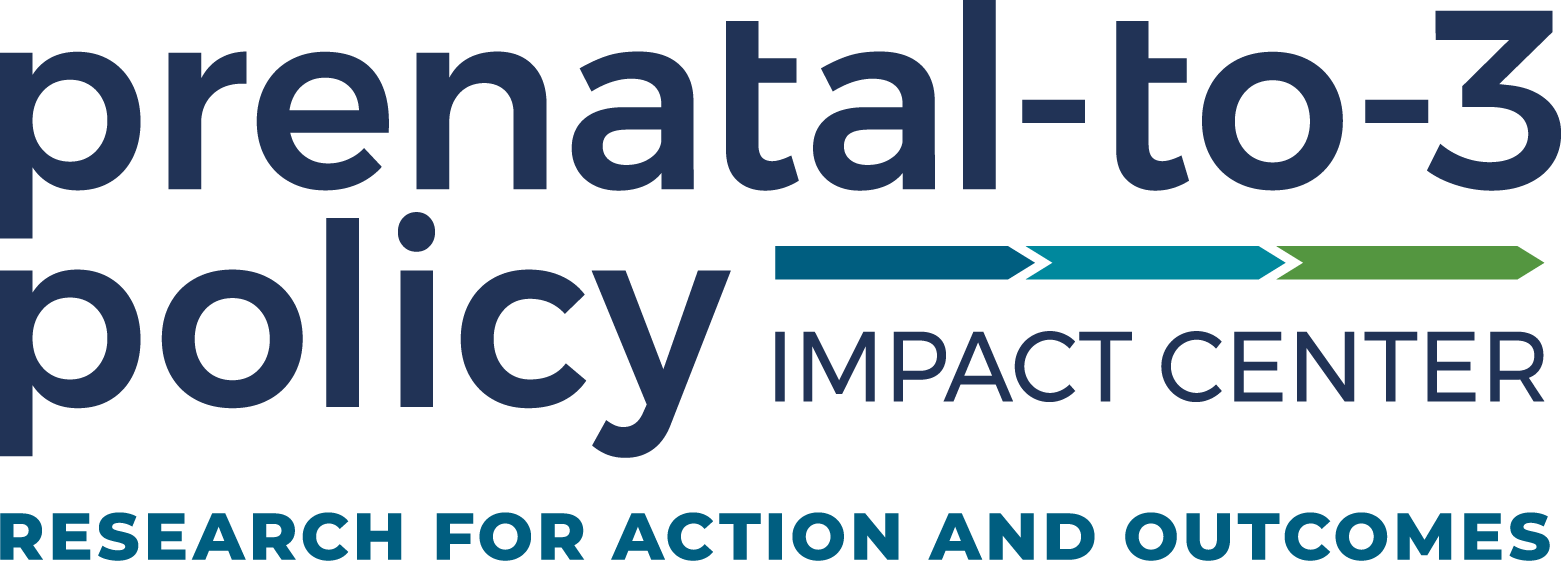Across the US, states take different approaches to governing early childhood programs, shaping how services are structured, how families access them, and how agencies coordinate support. Early childhood governance refers to the organization of government entities and the distribution of authority and accountability for administering programs and services that support young children and their families.
Despite the growing trend to restructure governance in the early childhood field, research remains inconclusive about the “ideal” governance structure. As such, the Policy Impact Center has launched an early childhood governance project to identify patterns in state governance of early childhood programs and services, understand the benefits and challenges associated with different patterns of governance, and provide guidance to states on which pattern of governance best aligns with their goals.
Why Does Governance Matter?
State-level governance choices may affect families’ knowledge of, access to, and experience with early childhood programs and services. State administrators and service providers working within the system may also experience barriers in their work resulting from the governance structure. Ultimately, state choices on the organization of, authority over, and accountability for programs and services alter the effectiveness and efficiency of early childhood systems.
Proposed governance changes at the federal level, including the elimination of the Department of Education, are also likely to affect states’ administration of early childhood programs and services. Yet, states continue to have the autonomy to organize state agencies in whatever way best meets the needs of children and families in their state.
Variation in Governance Choices
To address the question of governance, the Center first conducted a 51-state landscape scan, the results of which are available now. Building on existing work focused on early childhood education governance, our landscape scan examines a broad range of state-administered education, health, and economic and family support programs serving families during the early childhood period. These data provide a unique and holistic picture of state governance structures. By adopting this broad scope, the experiences of children and families across programs and systems are more accurately captured.
Results from our 51-state landscape scan reveal substantial variation in both where states house early childhood programs and which programs are housed together; states vary most in their administration of their child care subsidies programs.
Leveraging both state-specific governance charts and state comparisons of governance choices, state leaders can use the available data to:
- Reflect on a set of early childhood programs and services available and identify gaps in services;
- Consider which agencies are responsible for administering various programs and how different groupings of programs may impact access and efficiency;
- Improve collaboration across agencies serving young children and their families; and
- Learn more about opportunities to restructure governance through comparison with peer state’s choices.
View the results of the landscape scan, including your state’s governance structure and state comparisons in governance choices.
Upcoming Work on Governance Best Practices
In the coming months, to better understand the variation and nuance in state governance choices, the Center will conduct case studies of five states to examine the benefits and challenges of different governance strategies. Though there is a trend to consolidate governance – with seven states creating new departments focused on early childhood in the last five years – our upcoming work will identify best practices and lessons learned of a variety of approaches to governance.
Want to be the first to know when these case studies are released? Sign up for our newsletter to receive updates, insights, and early access to new findings from the Prenatal-to-3 Policy Impact Center.




